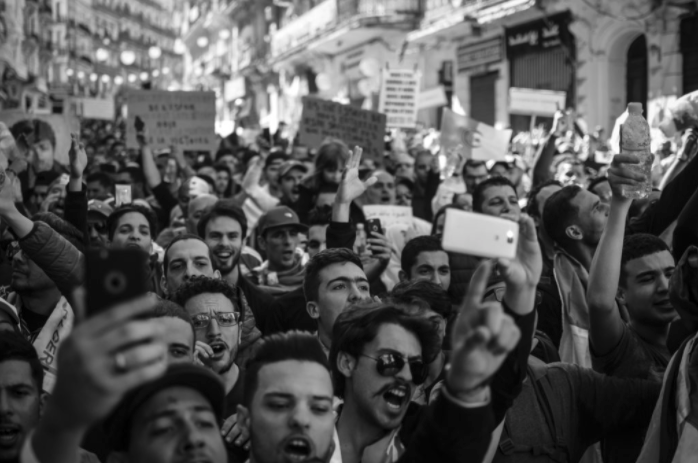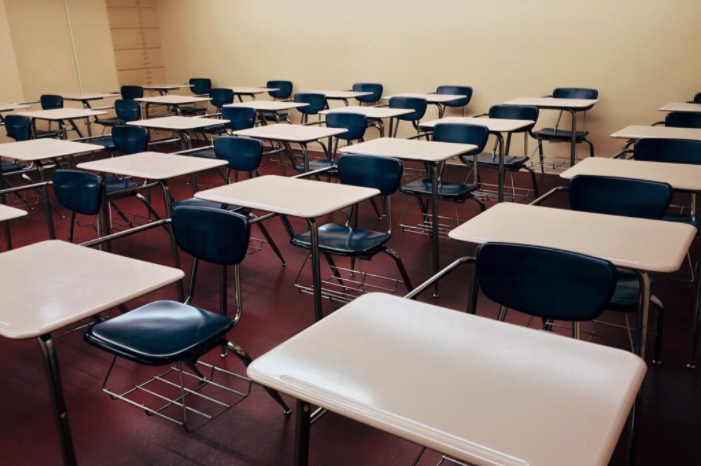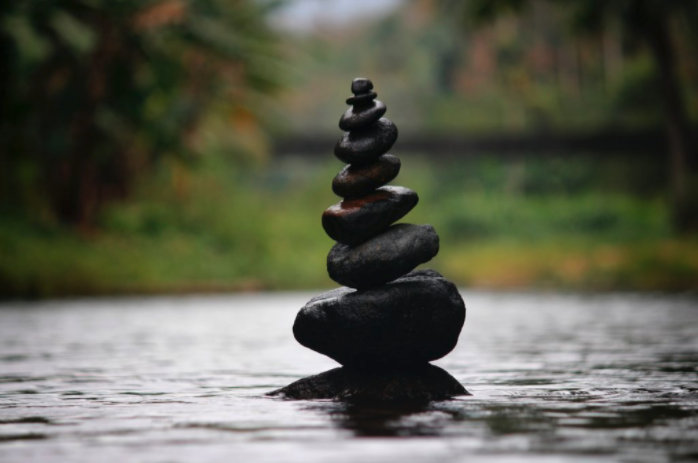Does Injustice Begin in Schools?
In more ways than one, it’s a time of reckoning for American education.
Just as the COVID crisis has forced us to re-consider the very structures of learning in the US, citizens have taken to the streets in frustration with systemic power relationships.
We know how this ends. It’s time to share the pen and rewrite the story.
As school closes this week in many states and as our cities burn, I’m sure that question keeps school leaders up at night. Tony McDade, Breonna Taylor, George Floyd, and Ahmaud Arbery joined the long list of martyred tributes in 2020 who remind us that while many may be able to socially distance and work from home via Zoom, others are literally suffocating under the oppression of white supremacy and anti-Blackness. We are reminded that our letters from the most elite institutions and our assimilated, “non-threatening” habits don’t protect us from all of the threats. And our country’s children are watching and learning. They are watching us. They have questions.
Leading in Crisis: A Meditation
Right now, many of us are being asked to lead — perhaps in familiar ways and perhaps in new ones. We have seen deaths that we cannot unsee. We are collectively experiencing a loss of comfort and uncertainty as the ground beneath us trembles under the weight of universal suffering. Especially during crises, we crave strong leadership and direction. But when we are the ones being asked to lead in the moment, how do we do it?
Moving Equity Work Toward Action in the Age of COVID-19
As schools scramble to establish a stable and balanced posture in the face of COVID-19, the need to do so with equity at the forefront is greater than ever before. The student–teacher relationship is being transformed daily as educators scramble to teach virtually and parents — especially the most marginalized — step into the role of managing instruction (often in addition to many other responsibilities). This universal experience has forever changed our relationship with school.
Finding Peace in the Pause
In times of crisis, tumult, and despair, finding the spaces of quiet, the stillness of calm, and the resolve of peace can be difficult. This is one of those times. Our lives have been upended by COVID-19. Our schools, stadiums, churches, temples, and mosques are empty. And leaders and teachers are trying to figure out how children’s bodies and brains remain nourished in the pause.
Designing the Future: The Power of a Proactive Equity Practice
A conversation with Caroline Hill, Founder, 228 Accelerator
Remembering the Instants in the 401st Year
The new year welcomes us to engage in instants of reflection. We collectively pause, reconsider, recollect, and remember. These rituals may manifest in commitments to our bodies — to drink less or lose weight — or they may be slower, otherworldly journeys that challenge the beliefs about the body, its purpose, and its home. For the latter, each step is a pilgrimage of sorts: a journey intentionally crafted to remember and to put the self back together again.
In August 2019, I began a pilgrimage.
The Power in Ceding Power
When I was a teacher, we often used a model called the black box concept to facilitate inquiry and understanding of natural phenomena. In this model, students are asked to discern the inner workings of an opaque box using only the inputs and outputs that they observe, in addition to their understanding of how the world works, without being able to see into the box itself. (For instance, one year, we poured specific quantities of water into the box and observed how it did — or didn’t — flow out to learn about a principle of fluid dynamics.) The goal of the black box model is to practice reasoning skills, explain observable phenomena, and provide a framework to understand and make sense of future phenomena.
Equity Work Needs Bias
The notion that we must eliminate bias has paved every path that we walk as educators. As a community, we have spent significant emotional and financial resources attending to and trying to rid ourselves of bias. There is the Implicit Bias Test; there are anti-bias trainings. We reflect, journal, discuss, agonize about how not to be biased.
This anti-bias movement isn’t wrong. But it isn’t entirely right, either. Equity work needs bias. It just needs a different kind.
How to walk through fire: Three mantras for equity-centered improvement, innovation, and design
After learning my home address, how to tie my shoes, and how to just say no, “stop, drop, and roll” was one of the earliest standards that I mastered in childhood. If I found myself engulfed in flames, it would be “stop, drop, and roll” to the rescue — a conditioned response that would kick in and save me from the danger of the flames. We practiced it in class and saw it on after-school specials. It was automatic and universal.
Systems of Inequity Have Been Designed by People, and They Can Be Redesigned.
This interview is part of the Aspen Institute Center for Urban Innovation’s series of conversations with inclusive innovation practitioners and was initially published on the Aspen Institute’s blog.
The Big 10 (+1) Ideas that Fuel Oppression
In microbiology, a culture is the environment, albeit artificial, humans construct to enable the growth of bacteria. A child of a microbiologist, stacks of agar plates lined the walls of my youth. The incubator in the laboratory was its own microbiome — home to species of e.coli, staphylococcus, and streptococcus. I recall the smell of the lab vividly — a pungent infusion of a sallow, occasionally sweet, staleness backlit by vacant fluorescent hospital lights, always perfumed with my mom’s Giorgio Beverly Hills Red. (It was the 90s.)












